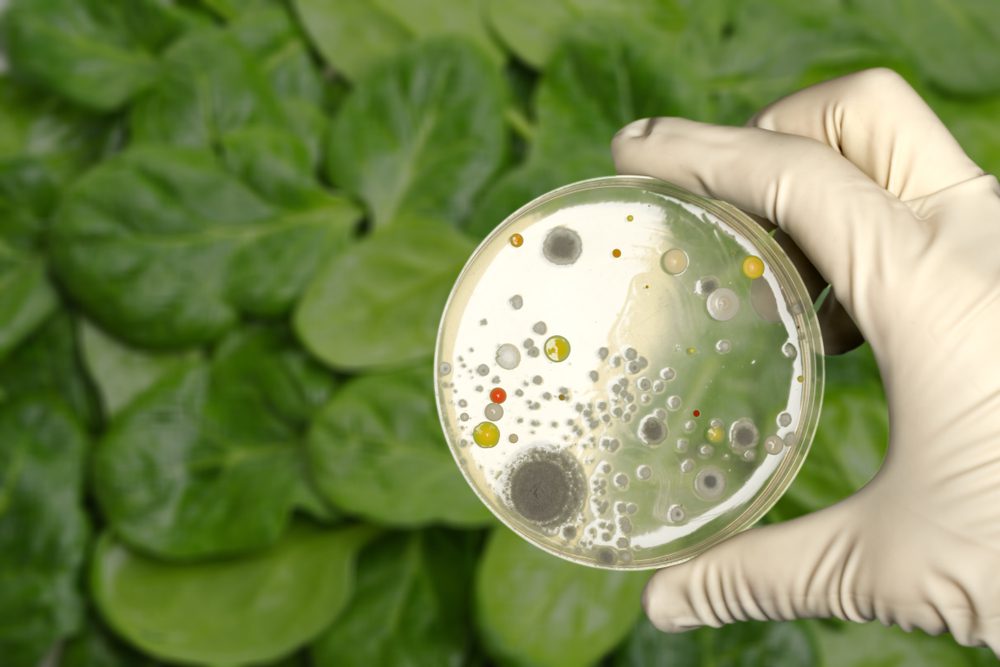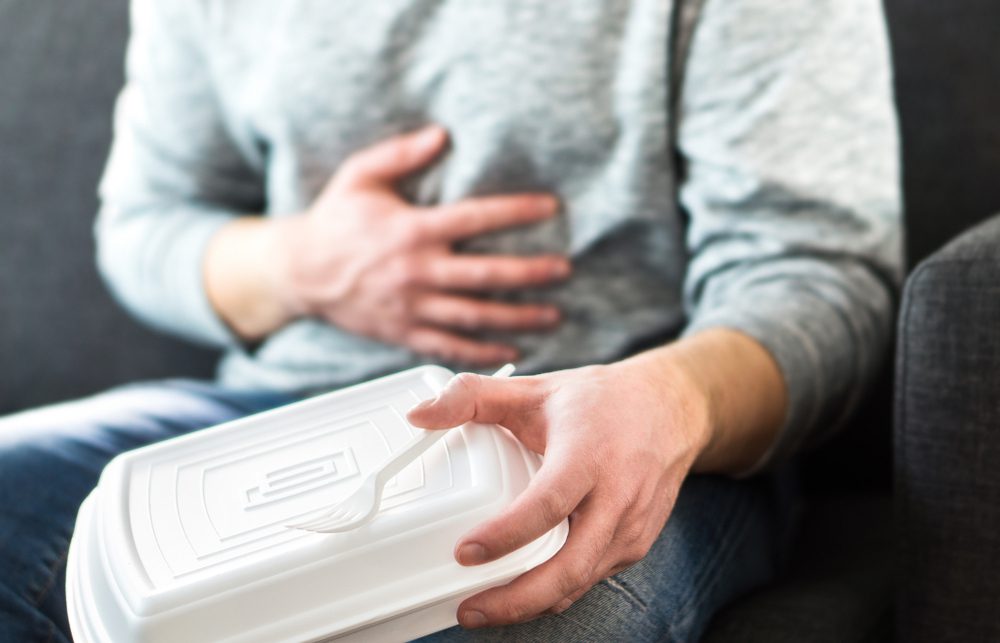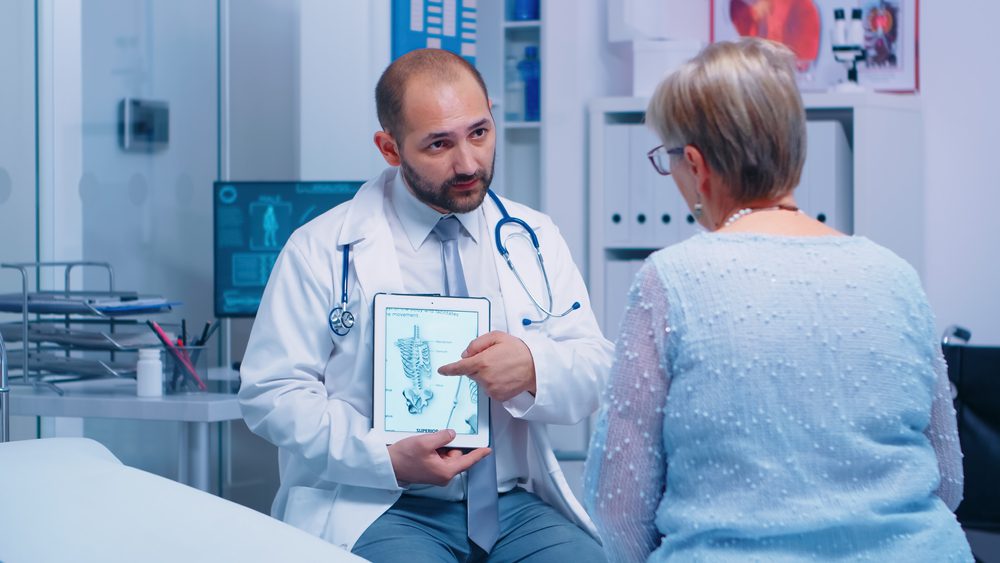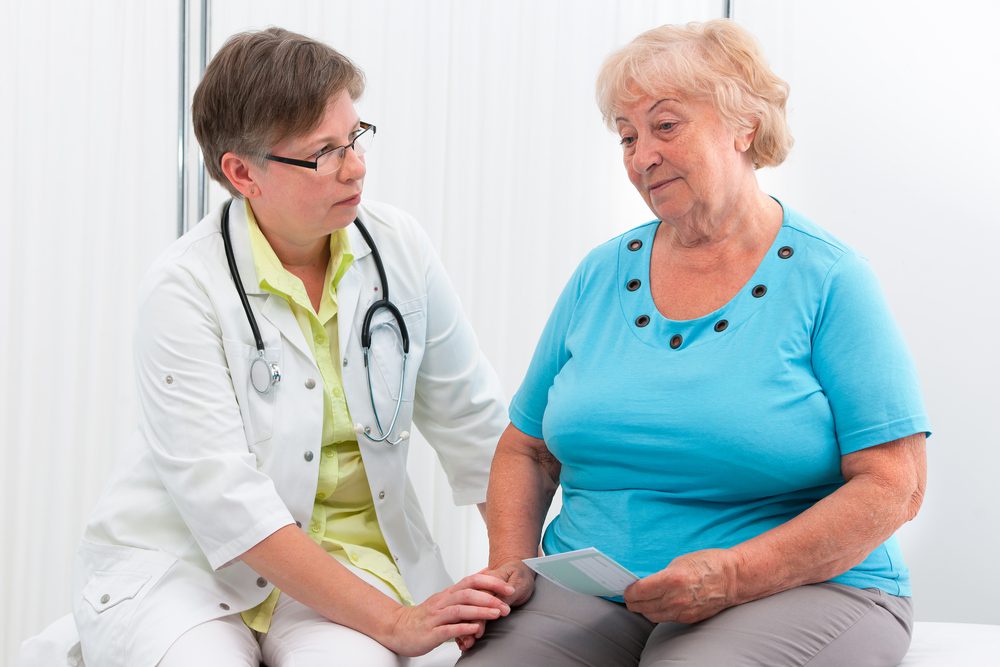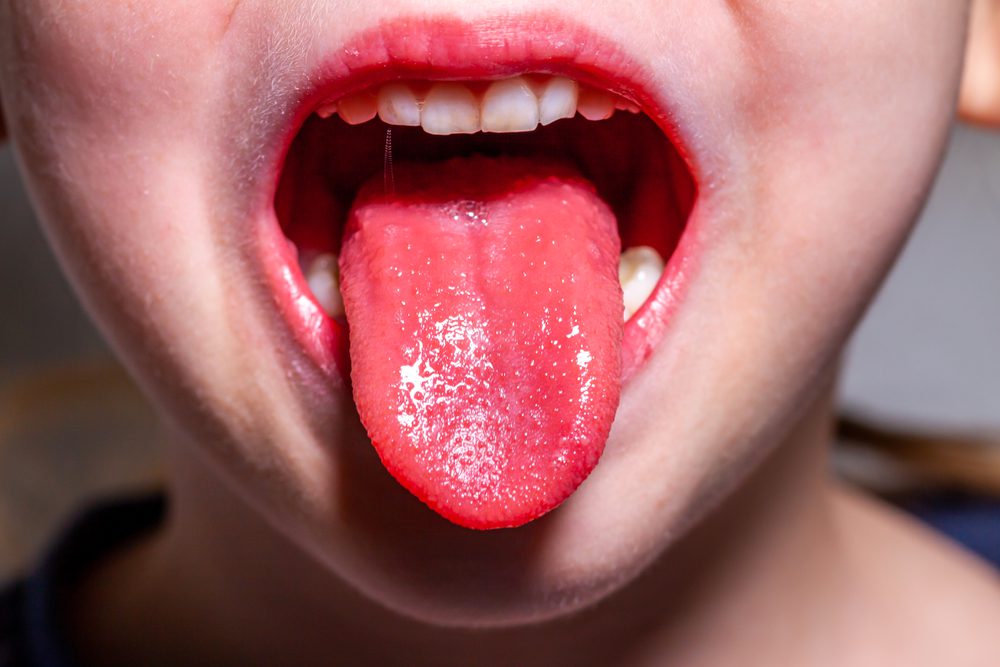If you or a member of your family has been diagnosed with diabetes, you may be wondering if it is hereditary. There are several forms of diabetes, each with its own set of risk factors that contribute to the disease’s development.
If you have a diabetic father, mother, brother, or sister, you are more likely to have the disease than someone who does not. Although, diabetes is not only driven by genetics, and having a relative with the condition does not guarantee that you will develop it.
In certain cases, such as type 2 diabetes, lifestyle factors play a role, and early detection can prevent or postpone disease progression.
Identifying genes may also aid researchers and clinicians in predicting diabetes diagnoses and developing tailored treatment strategies that are ideal for glucose management and disease progression.
Learn more about the impact of genetics on diabetes development, screening, activities you may take to avoid or postpone specific forms of diabetes, and how environmental factors may play a role in different types of diabetes.

Role of Genetics in Diabetes
Diabetes is more likely to develop in persons who have certain genetic predispositions. However, just because you have genetic risk factors for diabetes does not guarantee that you will get the disease.
Researchers have discovered a link between specific genes and the development of diabetes over time. Types 1 and 2 diabetes are thought to have complicated genetic etiologies, with over 40 and 90 genes/loci implicated, respectively, that interact with environmental/lifestyle variables.
The discovered genes have a variety of activities and tasks that can impact blood sugar regulation. These roles include regulating the expression of other genes, directing insulin release, pumping glucose into cells, and accelerating glucose breakdown.
However, something in the environment must induce diabetes to become active in addition to genes.
For example, among children with a genetic predisposition to type 1 diabetes, researchers discovered that viruses, colder weather, early food introduction, and whether they are breastfed are all factors that may play a role in the development of type 1 diabetes.
Type 1 Diabetes
Type 1 diabetes is an autoimmune illness in which the body destroys the beta cells of the pancreas, which makes the patient dependent on insulin infusions or injections to survive. Type 1 diabetes affects an estimated 1.6 million people in the United States.
People who are genetically inclined to have type 1 diabetes have a higher chance of having it, but this doesn’t guarantee that they will.
According to the American Diabetes Association (ADA), if you’re a man with type 1 diabetes, your child’s chances of having diabetes are 1 in 17. If you have type 1 diabetes and have a kid before the age of 25, your child’s risk is 1 in 25; if you have type 1 diabetes and have a child after the age of 25, your child’s risk is 1 in 100.
Researchers also discovered that among first-degree relatives, siblings of persons with type 1 diabetes are at a greater risk than kids of type 1 diabetes parents (both fathers and mothers).
According to the ADA, the majority of White persons with type 1 diabetes have HLA-DR3 or HLA-DR4 genes, which are connected to autoimmune illness. Other ethnic groups’ suspect genes may put them in greater danger.
Scientists believe that the HLA-DR9 gene, for example, may put Black individuals in danger, whereas the HLA-DR9 gene might put Japanese people at risk. While certain genes are more prevalent predictors of type 1 diabetes than others, over 40 gene markers have been confirmed.
Type 1 diabetes is not caused only by a genetic predisposition. And some people can get type 1 diabetes despite having no family history of the disease. According to estimates, 85 percent of patients with type 1 diabetes do not have a family history of the condition.
Type 2 Diabetes
Type 2 diabetes gets characterized by insulin resistance and increasing loss of beta-cell activity (beta cells are pancreatic cells that produce insulin), which can result in high blood sugar levels.
Many persons with type 2 diabetes have other underlying health issues, such as high blood pressure, high cholesterol, and belly fat. Type 2 diabetes was formerly known to be adult diabetes, but we now know that it may also afflict youngsters.
The genetic component of type 2 diabetes is complicated and evolving. Many genes have been found in persons with type 2 diabetes.
Some genes are associated with insulin resistance, whilst others are associated with the beta-cell activity. Scientists are still investigating the genes involved in the development of type 2 diabetes, as well as their function in disease progression and therapy. Several studies have found a large range of variations in the heritability of type 2 diabetes, ranging from 20% to 80%.
Persons who have a parent with type 2 diabetes have a 40% lifetime chance of having the disease, and 70% if both parents are afflicted. People with a first-degree relative’s family history are also three times more likely to get the condition.
However, genetic factors are not the sole danger. Risk can be influenced by environmental variables, behavioral factors, and the shared environment.
According to the American Diabetes Association, even though type 2 diabetes is more closely linked to a family’s history than type 1 diabetes, environmental and behavioral variables also play a role, and intervention methods can assist to avoid or postpone a diabetes diagnosis.
Gestational Diabetes
Gestational diabetes develops during pregnancy when blood glucose levels rise. The placenta supplies nutrients to the baby, allowing it to grow and thrive. Pregnancy also generates a range of hormones.
Some of these hormones inhibit the action of insulin, making post-meal blood sugar regulation more difficult. This usually happens between 20 and 24 weeks of pregnancy, which is why patients are evaluated for gestational diabetes at this time.
The American Diabetes Association recommends diabetes screening in women:
- Those who are thinking about having a baby, especially if they have risk factors
- Are pregnant with risk factors (test before 15 weeks)
- Are pregnant and have not had a preconception screening (at the first prenatal visit)
To compensate for hormonal insulin resistance, the pancreas normally produces more insulin. Some persons are unable to keep up with insulin production, resulting in high blood sugar and a diagnosis of gestational diabetes. The majority of people will not have any symptoms.
The cause of gestational diabetes is assumed to be a mix of hereditary and environmental risk factors. Because of its clusters in families, genetic susceptibility has been proposed.
Several genes have been discovered in those who suffer gestational diabetes. There appears to be a link between gestational diabetes and the genes for young-onset diabetes mellitus (MODY).
Many persons who have gestational diabetes have a close family member with the condition or another kind of diabetes, such as type 2 diabetes.
It is crucial to remember, however, that having genetic susceptibility does not guarantee you will develop gestational diabetes. Other risk factors include to mention a few, gestational age, weight, activity level, nutrition, previous pregnancies, and smoking. Maintaining sufficient blood sugar management is critical for the mother’s and baby’s health.
Genetic Testing
Diabetes genetic testing is challenging since tiny mutations of multiple distinct types of genes can lead to a diagnosis in some types of diabetes, such as type 2 diabetes.
When they are used to identify certain monogenic (mutation in a single gene) types of diabetes, such as neonatal diabetes and MODY, genetic testing is helpful and can aid in successful treatment. In these cases, genetic testing is critical since persons with MODY are frequently misdiagnosed.
When a diabetes diagnosis appears to be out of the ordinary, doctors frequently propose genetic testing. For example, a person around the age of 25 who has high blood sugars but no conventional risk factors for type 1 or type 2 diabetes may have MODY.
MODY genetic diagnostic also enables the identification of at-risk first-degree family members, who have a 50% probability of acquiring a gene mutation.
However, one issue is that insurance occasionally rejects reimbursement for genetic testing even when persons meet the requirements, causing clinicians to miss a MODY diagnosis. Researchers are always looking for methods to reduce the cost of genetic testing.
Certain genes and antibodies can aid in the prediction of type 1 diabetes. If you believe that you or your child is at elevated risk of developing type 1 diabetes, you should know that you might be eligible for a risk screening through the TrialNet Pathway to Prevention Study.
This risk screening, which utilizes a blood test to detect danger before symptoms occur, is free for families of persons with type 1 diabetes. People who are discovered to be in the early stages of developing type 1 diabetes may be eligible for preventative research as well.
Inquire with your doctor about genetic testing and how useful it is in predicting if you will get diabetes.
As of yet, experts don’t believe that genetic testing is useful in the diagnosis of type 2 diabetes.
Because there are so many different gene variations and subtypes of type 2 diabetes, they believe that improved methodologies and more study are needed before putting it to practical use.
Pregnant women are often evaluated for gestational diabetes between the ages of 20 and 24 weeks.
However, genetic testing is not yet therapeutically effective in polygenic gestational diabetes, as it is in type 2 diabetes, due to the very modest percentage of risk explained by known genetic variations.
Researchers, on the other hand, believe that genetic testing for monogenic types, notably MODY, can help select therapy and pregnancy management.
Can You Reduce Your Risk?
While having a family history can increase your risk, having a genetic predisposition does not guarantee you will get diabetes. There are strategies to lower your chance of getting gestational diabetes or type 2 diabetes if you have a family history of this condition.
To decrease risk, maintain a healthy weight or lose weight if you are overweight, especially in the stomach area. Even a small weight decrease of 5% to 10% of your body weight can lessen your risk. Gaining weight gradually rather than rapidly during pregnancy can assist to prevent gestational diabetes.
Continue to be active. Try to get two and a half hours of activity every week and avoid sitting for extended periods.
Eat more plant-based foods including fruits, vegetables, legumes, nuts, seeds, and whole grains. This is also linked to a lower chance of getting type 2 diabetes.
Regular checkups and health maintenance are essential. If you’ve suddenly gained weight or feel sluggish and exhausted, you may have high blood sugar, which is caused by insulin resistance.
Screening
Because type 2 diabetes may take years to pop up, people might have impaired glucose tolerance (insulin resistance) or prediabetes for years without realizing it. If you discover this disease early, you may be able to prevent or postpone the onset of diabetes. Screening is advised if you have any of the risk factors listed below:
- Over 45: If your findings are normal, testing should be repeated at least once every three years, with more frequent testing considered based on initial results (those with prediabetes should be tested yearly).
- Excessive BMI: A BMI greater than 25 kg/m2 or a waist circumference greater than 40in. in males or 35in. in women is a risk factor. Asian-Americans have a lower BMI cut-off (23 kg/m2).
- Belong to a high-risk population: Prediabetes is more common in Black Americans, Native Americans, Asian Americans, Hispanic/Latinx Americans, Alaska Natives, and Pacific Islanders.
- Diabetes in the family: This includes having a parent or sibling who has diabetes.
- Gestational diabetes: Having a history of gestational diabetes or giving birth to a baby weighing more than 9 pounds are both risk factors.
- Lifestyle: A physically inactive lifestyle is typically a risk factor.
- Hypertension: This is defined as blood pressure equal to or more than 140/90 mmHg or the use of hypertension medication.
- High levels of fat and cholesterol: You are at a higher risk if you have lower levels of high-density lipoprotein (HDL) cholesterol or higher levels of triglycerides.
- Predisposing conditions: Risk factors include acanthosis nigricans, nonalcoholic steatohepatitis, polycystic ovarian syndrome, and atherosclerotic cardiovascular disease.
- Medication: Atypical antipsychotics and glucocorticoids raise the risk.
Various noninvasive tests can detect if you are at high risk of acquiring type 2 diabetes. Hemoglobin A1C, blood pressure, cholesterol, and triglycerides are a few examples.
Final Words
Diabetes development has a hereditary component, although it is not the sole factor. Lifestyle factors, environmental triggers, and other health issues can all contribute to the disease’s development.
Because there are several varieties of diabetes, your risk is determined by the type of diabetes to which you are genetically inclined. If you have any concerns about your family’s history with diabetes, make sure to discuss them with your medical team.
In certain cases, genetic testing may not be useful; nonetheless, you may be checked for the condition. You will be informed about your specific risk, things to take to avoid or delay it (if feasible), and coping skills.
You might also like: Top 10 Foods Suitable for Diabetics


